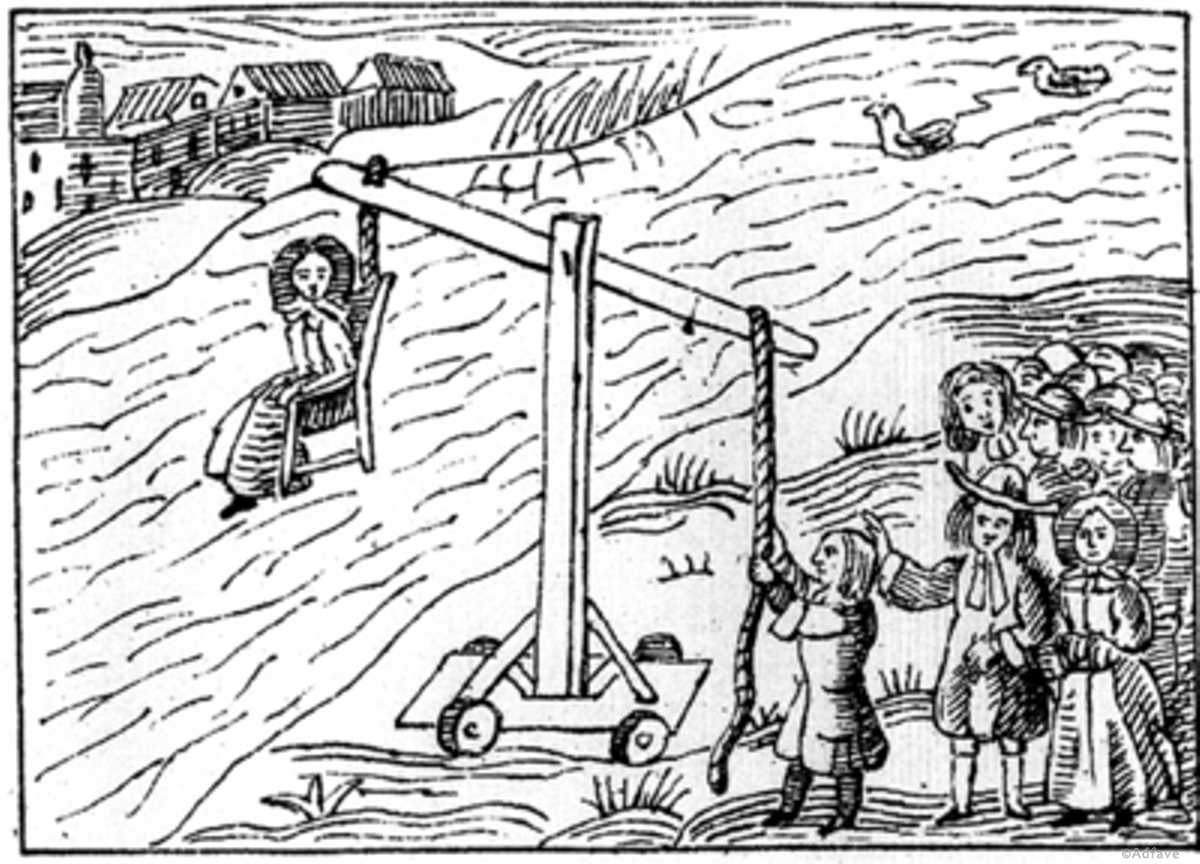Here at Skyakes, we don't claim to advocate or endorse torture. We're here to give you the facts, and let you draw the conclusions. Torture is against the law in almost every country in the modern world today, and committing an act of torture can result in imprisonment, or even death in certain countries.
When one is looking for a act of torture to inflict upon another poor soul, some attributes one may look for are:
- Amplify Physical Pain: Create the most amount of physical pain possible while reducing the speed that the body adjusts to the pain. In other words, create the most amount of pain without allowing the body to adjust to the pain, thereby making the pain less bearable.
- Amplify Psychological "Pain": Instill fear/guilt/shame/humiliation into the subjects in order to "break the will" of the person(s).
- Decrease Physical Damage: Although people generally want to increase the most pain possible, one would want to decrease the physical damage as much as possible. Why? Because:
- The more damage one may be inflicted to, the fewer options for future torture is presented. For example, if you cut off his hands, you can't slowly remove his fingernails one by one anymore.
- Less Evidence. Generally, they cannot put someone behind bars if they can't prove the crime happened. Therefore, if the person appears perfectly normal with zero bruises or cuts, it'll be harder to prove torture even took place.
- Destruction of Person. You don't want to break the water pot if you're trying to get water. So if you kill the person, or damage them to the point of inability to recall the information, you cannot get the information. If information isn't what you're after, it leaves you with evidence of a committed crime.
- Increase Opportunity: Allow the subject to be tortured repeatedly with as little time in between as possible. In other words, the sooner you can get the subject alert and awake, the more effective the torture will become. For example, if you plan to drown someone into submission, giving them ten minutes between "dunking" to catch his breath and recover would prove a waste of time. The more frequent the torture is, the more effective it can become and the faster one may get what they want.
The perfect torture would include one that would cause unimaginable/unbearable physical and psychological pain without any evidence, and could be done frequently with little to no time in between.
Some of you may be trying to think of a "torture" technique that fills all of the criteria above, and may have some problems doing such. One example that fits all of the above requirements is: Waterboarding.
Torture is a serious topic, and again, we don't advocate it. The list above is meant for educational purposes and not meant to aid one in invention of a "new method of torture".






